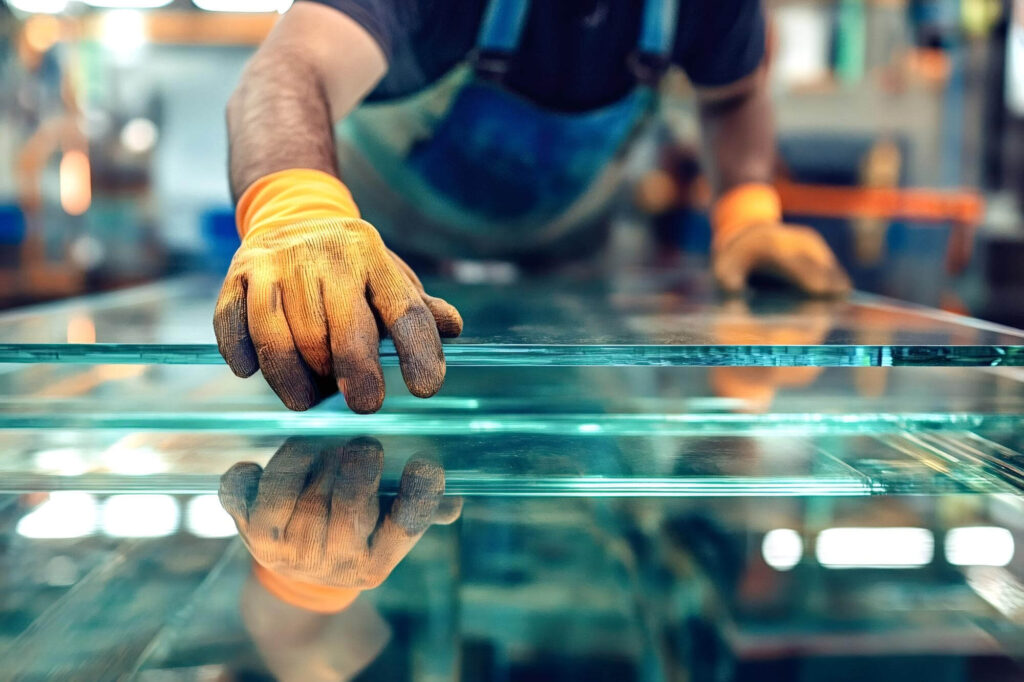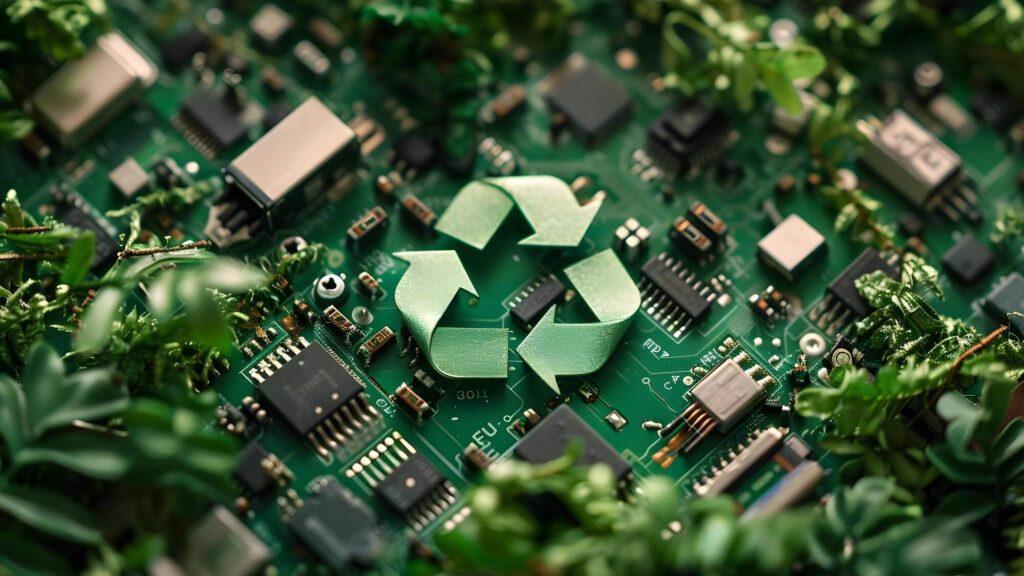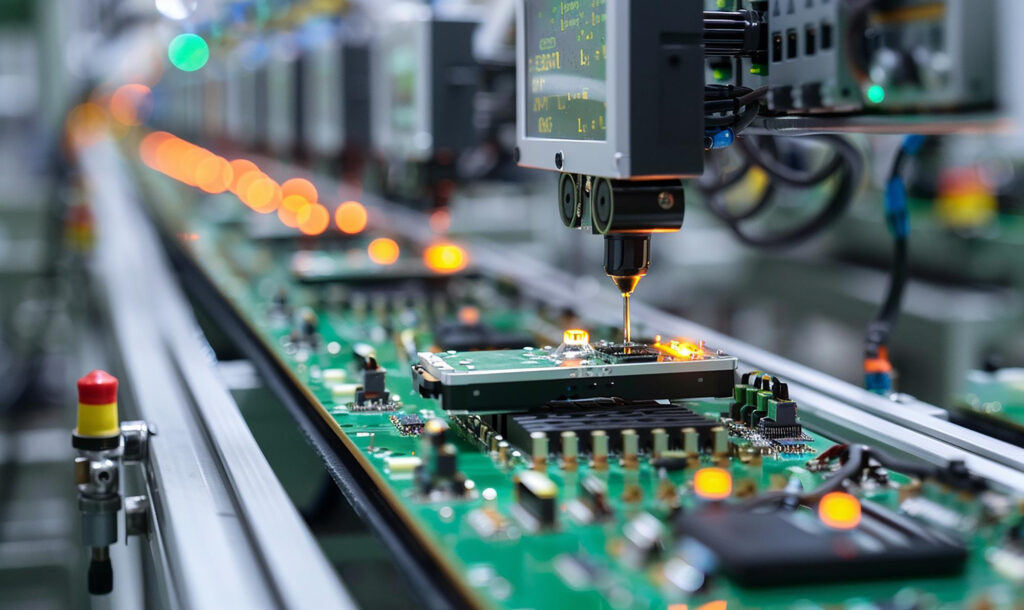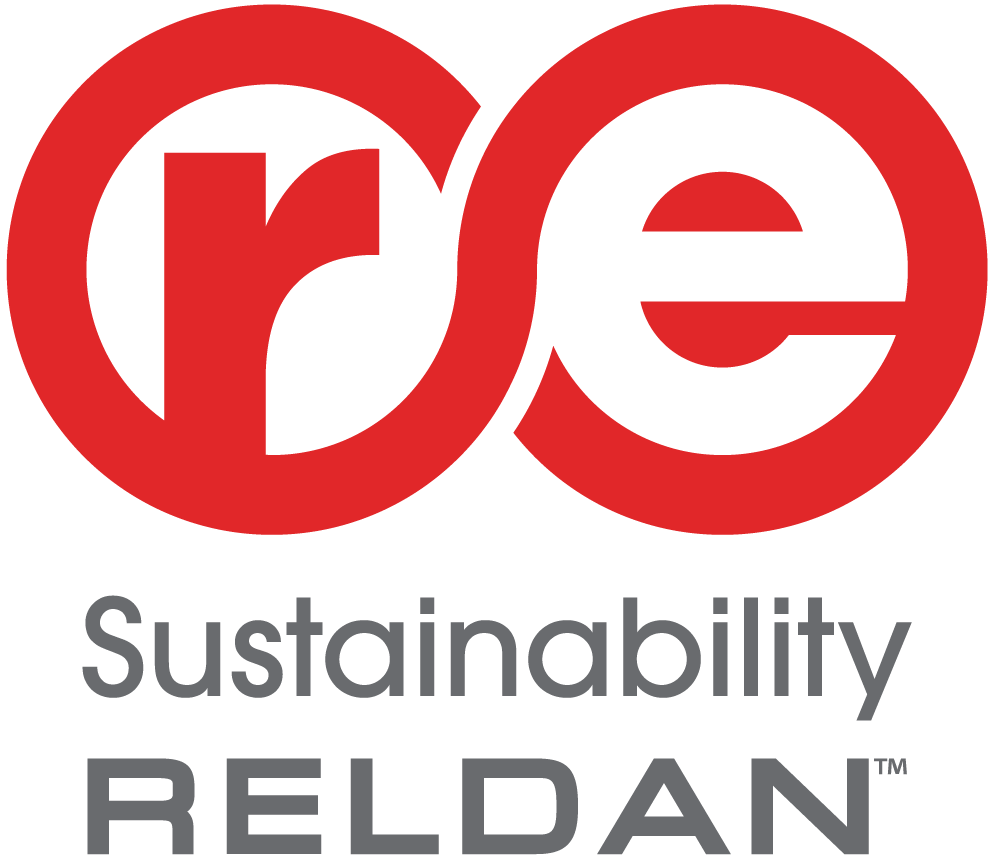The E-Waste Enigma:
Decoding the Journey of Your Old Electronics

You’re cleaning out a drawer and stumble upon an old smartphone, a tangled charger, or maybe even a dusty MP3 player. You know you shouldn’t toss
them in the trash — but what happens when you recycle e-waste? Welcome to the fascinating, behind-the-scenes world of electronic waste recycling— a blend of high-tech wizardry, environmental responsibility, and circular economy.
We live in a world ruled by gadgets. Phones, laptops, headphones, tablets — we upgrade constantly. But all those devices eventually reach their end. Enter e-waste — one of the fastest-growing waste streams on the planet. The question is: what happens after we say goodbye to our gadgets? That’s where e-waste recycling steps in to recover valuable materials, prevent environmental harm, and give our old electronics a second life.
The Lifecycle of Your Discarded Electronics: From Bin to Renewal
Let’s walk through the journey of your discarded electronic device after you drop it off at a recycling center. Your e-waste begins its new journey from a bin at a local electronics shop or a special recycling drive. It’s then transported to an authorized e- waste recycling facility. At the facility, devices are sorted — large items like washing machines and refrigerators go one way; smaller gadgets like phones and laptops go another. Batteries and hazardous parts are removed for special handling.
Technicians manually dismantle devices, separating components like circuit boards, hard drives, glass screens, plastic casings, and wiring. It’s a careful process, as many devices contain toxic substances like lead, mercury, and cadmium.
The rest of the components go into a high-tech shredder. The crushed material is then run through powerful separators that sort metals, plastics, and glass using
techniques like magnetic separation for ferrous metals and eddy current separation for non-ferrous metals. This is where the magic happens—materials like gold,
copper, silver, palladium, and rare earth metals are extracted and purified. These recovered materials are then reintroduced into the manufacturing cycle, becoming part of new products.
The Environmental and Economic Value of E-Waste Recovery
Recycling e-waste is incredibly valuable— not just financially, thanks to the precious metals, but environmentally. It helps reduce mining for raw materials, keeps
hazardous chemicals out of landfills, and promotes a circular economy. But there are challenges. E-waste often contains complex and mixed materials, making separation tough. Informal recycling in unregulated settings—like burning wires to extract copper— can release harmful toxins. Safe and effective recycling requires specialized facilities and skilled labor.
Like chemical and mechanical recycling for plastics, e-waste recycling also has a split personality. Informal recycling, widespread in many developing countries, is cheap and labour-intensive — but dangerous. Think acid baths and open burning. It’s hazardous for both humans and the environment. On the other hand, formal recycling is the gold standard — safe, regulated, and efficient. Certified facilities use advanced equipment and environmentally friendly methods to extract materials while protecting workers and ecosystems.
E-waste may only be 2% of global waste by volume, but it represents 70% of toxic waste. Recycling recovers valuable metals and materials, reduces environmental pollution, lowers carbon emissions from mining and manufacturing, helps conserve
finite natural resources, and supports circular economy goals and green jobs.
The Future of E-Waste: AI, Innovation, and Policy Shifts
From AI-based sorting systems to chemical-free material extraction, the future of e- waste recycling is smart, scalable, and sustainable. Innovations are making it
possible to recover even tiny traces of rare earth elements — essential for electronics, clean energy, and electric vehicles. Governments and industries are introducing Extended Producer Responsibility (EPR) programs, ensuring that manufacturers take ownership of the entire lifecycle of their products — including
safe disposal.
How You Can Be Part of the E-Waste Solution
You’re more powerful than you think when it comes to solving the e-waste puzzle.
Don’t hoard old electronics — recycle them through certified channels. Look for take- back programs by brands and retailers. Buy less, buy better — opt for durable, repairable gadgets. Support right-to-repair movements and e-waste regulations. Spread awareness about the importance of e-waste recycling.
Categories
Recent Posts







